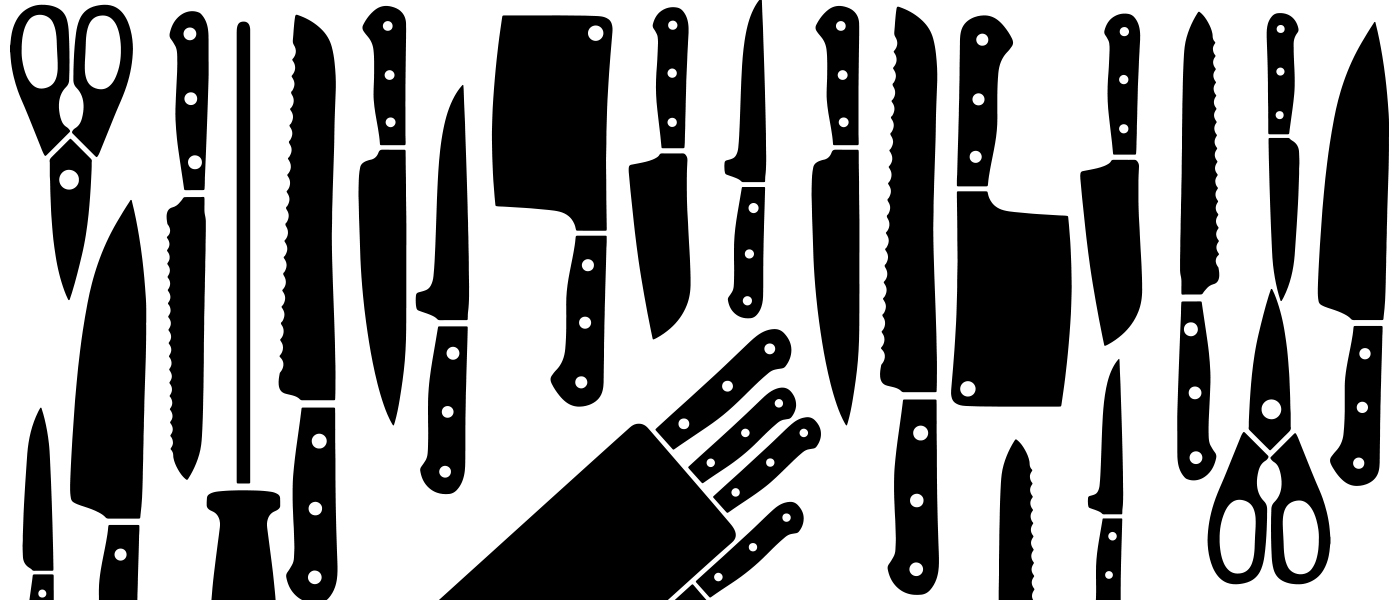

4 ways to shorter, sharper copy
4 ways to shorter, sharper copy
Think that piece of writing is ready to go? It’s not.
The sticker on my shirt pocket said ‘Creative marketing comms, brand, social media’. This was handed over to me at the start of the evening to help the sixth form students get an idea of what we might talk about at their informal careers event. But we didn’t end up talking that much about media courses, different types of jobs in agencies or creating campaigns. Not that this was a problem.
I actually found myself talking with the students about the personal statements that go along with their university applications. Most of them were in the middle of writing this tricky piece. So, we discussed ways to help make it clear and compelling; and give it the best chance of it being distinct and memorable.
I guess you could call it an early exercise in their lives in writing marketing copy. After all, don’t we want all our writing to have a clear purpose, to be sharp, succinct, easy to consume and engaging?
Most of the time, people don’t have time
Unless people want to go deep into a subject they already have an interest in, through something like a white-paper, most don’t want to read a dense block of writing. Especially in our digital, phone based age. Especially when people are time poor. Especially with our attention spans.
Writing shorter copy, from social posts to emails to quick-reads, demands that you’re economical with words, and the ones you use are working hard (while still getting your message across). In a long form blog you may have a few pages to convey an idea. In a social media post, you might only have one sentence. And when you do have slightly more space, people still want to know how much of their time it’s going to take to read the piece, how manageable the information is: that’s why a ‘5 things we learned…’ style heading is so popular.
Who said it best?
The French mathematician and philosopher Blaise Pascal’s work “Lettres Provinciales” of 1657 included the sentence: “Je n’ai fait celle-ci plus longue que parce que je n’ai pas eu le loisir de la faire plus courte.” This translates to “I have made this longer than usual because I have not had time to make it shorter.”
In 1871, Mark Twain included a version of this in a letter to a friend: “You’ll have to excuse my lengthiness – the reason I dread writing letters is because I am so apt to get to slinging wisdom and forget to let up. Thus much precious time is lost.”
In 1919, US President Woodrow Wilson discussed how long he spent on his speeches:
“If it is a ten-minute speech it takes me all of two weeks to prepare it; if it is a half-hour speech it takes me a week.”
We know what they’re all getting at. It’s easy to go on. And on. But snappy takes consideration and craft.
Keep it simple, smarty
Simplifying and shortening your copy doesn’t mean removing every last trace of technical language or expression. But focus should be on making sure the offer, instruction or information is clear and concise, so that your audience engages and ‘gets it’ quickly.
Of course, there’s usually a lot to say: products, services, features, benefits, insights, achievements, etc. People/businesses/clients often want to communicate a lot in a limited space. You can’t do it all. Boil it down in a conversation before you start writing. Make judgement calls. Be single minded. And know there will be future opportunities to talk about all those other things.
4 ways to make your copy shorter and sweeter
1. It might not be a machete, but it is a big knife
Once you’ve written your first draft, it’s time to start editing. Be brutal, make it lean and cut the fat from your sentences. Are there little ‘go-to’ words or phrases you use without even realising it? Have a look for them, and decide if you really need them. Twitter is the perfect place to practise, forcing you to be creative and powerful with 280 characters.
2. Are you staying on point?
Remember to check back in with what you’re trying to achieve with your writing. It’s not just short, punchy copy that’s going to make it effective. Return to the question, the title, the aim of the piece. Make sure you’re clearly delivering on the job and highlighting the key benefit or golden nugget.
3. Don’t read it this time, look at it
How a piece of copy looks makes a difference. Is it littered with punctuation? Are paragraphs too lengthy? Does it just look a bit unappealing, a bit hard to read? Not all people read copy and disseminate information in the same way. If you’re lucky, someone may start at the beginning, perhaps with the headline, and read all the way through to the end. But you’ll get ‘glancers’ and ‘skimmers’. This is where short, sharp paragraphs that draw the eye in, and sometimes bullet points or ‘at a glance’ lists, can be useful.
4. Fresh eyes are different eyes
It’s not always the case, but do you have a bit of time? Some breathing space? Use it to leave your copy alone. Give it the overnight test if you can, then approach it fresh in the morning, as if you’re reading it for the first time. That piece of writing that you think is finished? It’s not. You’ve got one more round of editing in you.
So remember – keep your writing compelling and lean, and it’s more likely your readers will become engaged and stay keen!
Recent posts
-
23rd May 2024
From equality to equity – the changing face of EDI -
22nd June 2023
Why go looking for your inner child? -
8th June 2023
Why employer-supported volunteering does everyone good
